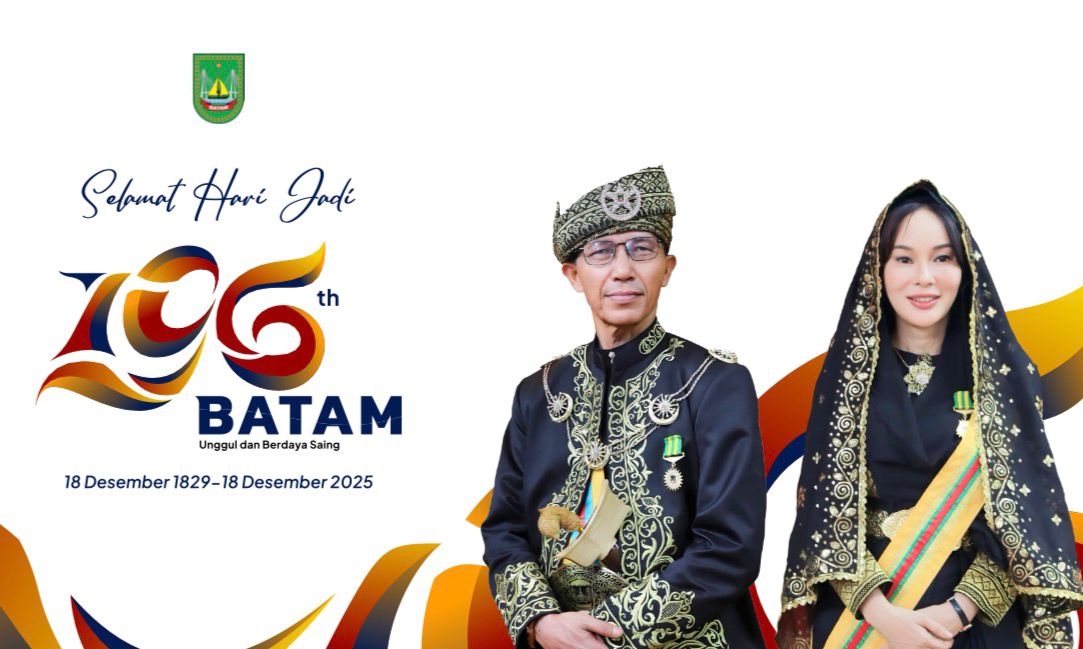In today’s world, we’re bombarded with information from the news, social media, and even our friends and family. But how can you tell if what you’re seeing or hearing is true? That’s where media and information literacy come in!
The Problem:
The internet has made it easier than ever to share information, but it’s also made it easier for false information, or misinformation and disinformation, to spread. Misinformation is false but without malicious intent, while disinformation is false and with malicious intent. This “fake news” can be harmful, leading to confusion, bad decisions, and even violence.
Examples:
Imagine you see a post online claiming that eating a certain fruit can cure all diseases. This might be appealing, but without checking the source and verifying the information with reliable sources like medical websites or doctors, you can’t be sure it’s true.
Other online resources:
Many great websites and organizations can help you develop your media and information literacy skills. These resources can teach you how to:
Find reliable sources of information: Look for websites with a good reputation, such as those from government agencies, educational institutions, or reputable news organizations.
Check the facts: Don’t believe everything you read or see online. Use fact-checking websites and tools to verify information before sharing it.
Be aware of bias: Everyone has biases, including news organizations and individuals. Be critical and try to understand the perspective of the information you’re consuming.
Think before sharing information: Before sharing anything with anyone, be sure it makes sense, comes from a trustworthy source, and is supported by proof.
Educational Materials About Media and News Literacy for Students of All Ages:
Many schools are starting to teach media and information literacy as part of their curriculum. This entails becoming knowledgeable about various media platforms, the production and dissemination of information, and how to test information.
Media & “Filter Bubble”:
You may find yourself in a “filter bubble” on social media where you only see content that supports your own opinions. This may make it more difficult to be exposed to other viewpoints and critical thought.
Truth matters:
Developing media and information literacy skills is essential for everyone, regardless of age. It empowers you to be a critical thinker, responsible consumer of information, and informed citizen.
Trust me?:
Don’t rely on one source of information. Always try to find many sources that confirm the information you’re seeing.
Types of Misinformation and Disinformation:
Misinformation and disinformation can come in many forms, including:
Fake news articles: These articles look like real news stories, but they contain false or misleading information.
Social media posts: On social media, false information can be manipulated.
Misleading images or videos: Create a false impression using images and videos.
Out-of-context information: Taking information out of context can change its meaning.
Misinformation vs. Disinformation:
While both are harmful, it’s important to understand the difference:
Misinformation: Spread, often due to lack of knowledge or verification.
Disinformation: spread to deceive people and manipulate their beliefs.
Tell me the meaning of fake news.
“Fake news” is a term often used to describe false information. But, “misinformation” and “disinformation” are more accurate terms as they show both the intentional and unintentional spreading of false information.
Media and Information Literacy Project:
“These videos are produced under the Initiative for Media Freedom (IMF), a five-year program implemented by Internews.
The content of these videos are the sole responsibility of the Department of Journalism, University of the Philippines College of Mass Communication. It does not necessarily reflect the views of Internews, United States Agency for International Development (USAID), or the United States Government.”
Tell me the importance of media literacy?
Media literacy is important because it helps you:
Be a critical thinker and problem solver
Make informed decisions
Avoid being misled by false information
Take part in democracy
More definitions:
Media literacy: The ability to understand, test, and create media messages.
Information literacy: The ability to find, check, use, and create information.
Solutions:
Here are some things you can do to improve your media and information literacy skills:
Be skeptical: Don’t believe everything you read or see online.
Check the source: Find out who created the information and what their agenda might be.
Look for evidence: Does the information make sense? Is it backed up by facts?
Think: Consider different perspectives and ask yourself questions before sharing information.
About Kwento Co
Kwento Co is a diverse and dynamic media and information literacy website. We are a team of accomplished content creators, artists, influencers, and young entrepreneurs who are passionate about helping micro to macro-sized businesses market their services through effective digital marketing strategies- tailored for their brands.
This Press Release has also been published on VRITIMES








